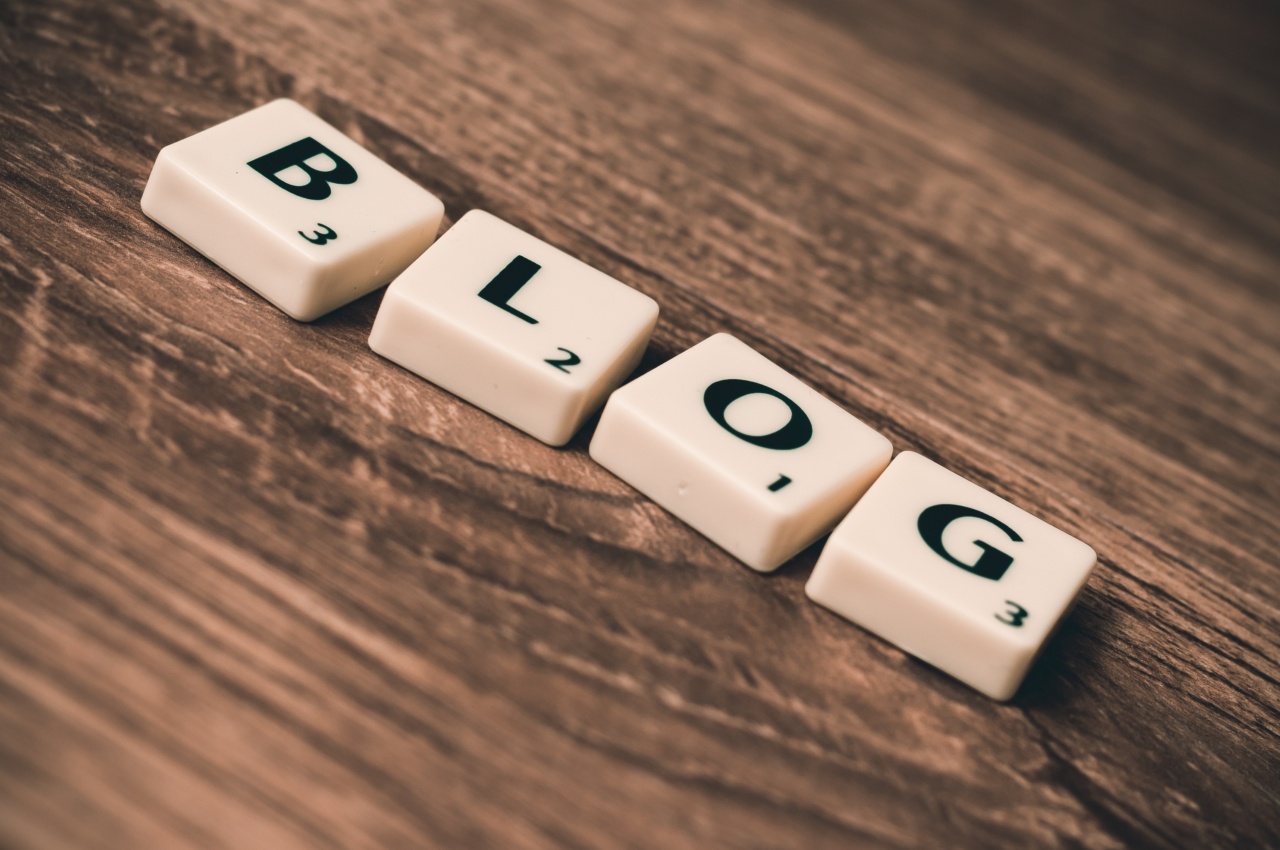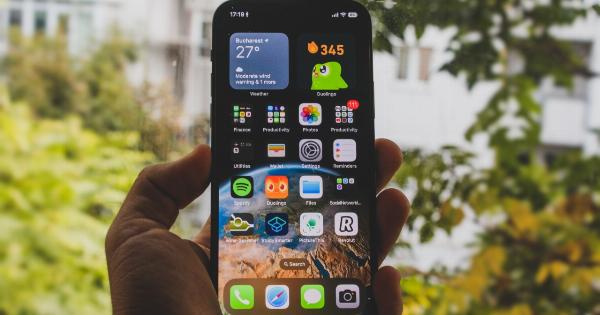In today’s digital age, social media has become an integral part of our lives.
With billions of active users globally, platforms like Facebook, Twitter, Instagram, and YouTube have transformed the way we communicate, share information, and rally for causes. One such cause that has benefitted immensely from the power of social media is the fight against AIDS.
Campaigning against AIDS through social media has proven to be an effective strategy in raising awareness, combating stigma, and promoting prevention and treatment methods.
1. Raising Awareness: Spreading Information Far and Wide
One of the biggest challenges in combating AIDS is the lack of awareness among the general population. Many people have misconceptions about the disease, its transmission, and the available treatments.
However, social media provides an opportunity to disseminate accurate information quickly and efficiently.
AIDS awareness campaigns can utilize various social media platforms to reach a wide audience. They can share infographics, videos, and articles to educate people about the disease, its symptoms, and prevention methods.
Additionally, they can employ hashtags and catchy slogans to capture attention and ensure that the message extends beyond their immediate followers.
2. Breaking Stigma: Creating a Safe Space for Discussion
One of the biggest challenges faced by those living with HIV/AIDS is the social stigma associated with the disease. This stigma can lead to discrimination, prejudice, and isolation.
By fostering a supportive online community, social media can play a vital role in breaking the stigma surrounding AIDS.
Social media platforms provide a safe space for individuals to share their experiences, stories, and challenges related to living with HIV/AIDS.
By sharing personal stories, people can humanize the disease and create empathy among the general population. This human-centered approach helps break down misconceptions and encourages acceptance and support.
3. Encouraging Testing and Treatment: Connecting People to Resources
Getting tested for HIV is a crucial step in preventing the spread of the virus. However, many individuals are reluctant to get tested due to fear, stigma, or misinformation.
Social media can help overcome these barriers by connecting people to testing centers and providing information about the importance of early detection.
Campaigns on social media platforms can partner with local health organizations to provide information about testing locations, timings, and the confidentiality of results.
By using targeted advertisements and reaching out to specific demographics, these campaigns can ensure that their messages reach the right people at the right time.
4. Leveraging Influencers: Amplifying the Message
Social media influencers have emerged as powerful allies in raising awareness about various causes. Their large followings and ability to connect with their audience on a personal level make them effective advocates for the fight against AIDS.
Campaigns can collaborate with influencers who have a strong presence on social media platforms to amplify their messages.
Influencers can create engaging content, share personal stories, and encourage their followers to get involved and support the cause. By leveraging their influence, these individuals can reach a wider audience and catalyze positive change.
5. Engaging the Youth: Targeting the Most Vulnerable Population
The youth, particularly those in the 15-24 age group, are disproportionately affected by HIV/AIDS. They often lack access to comprehensive sexual education and are more susceptible to risky behavior.
Hence, it is crucial to engage this demographic through platforms they are already active on – social media.
By implementing targeted campaigns tailored to the interests and preferences of young people, organizations can effectively convey important information on safe sex practices, prevention methods, and available resources.
Engaging content, such as interactive quizzes, informative videos, and relatable stories, can help educate and empower the youth to take charge of their sexual health.
6. Fundraising and Donations: Mobilizing Support
Campaigning against AIDS not only involves raising awareness and promoting prevention, but also requires financial resources to support research, treatment initiatives, and community programs.
Social media provides an excellent platform to mobilize support and raise funds.
Through various fundraising campaigns, organizations can encourage social media users to donate to the cause or participate in events.
Platforms like Facebook and Instagram offer handy features to create fundraisers and share them with friends and followers. By leveraging the power of social networks, organizations can reach a vast pool of potential donors, thus accelerating the fight against AIDS.
7. Collaboration and Networking: Uniting Efforts Globally
Social media does not have any geographical boundaries, and this can be harnessed to facilitate collaboration and networking among organizations, activists, and individuals working towards the same goal.
By connecting with global partners, the fight against AIDS can benefit from shared expertise, experiences, and resources.
Networking platforms like LinkedIn and Twitter allow professionals, researchers, and policymakers to exchange knowledge and find opportunities for collaboration.
Additionally, organizations can create online forums or groups to share best practices, discuss challenges, and explore innovative solutions. The collective efforts facilitated by social media can have a significant impact on combating AIDS worldwide.
8. Monitoring and Evaluation: Measuring Progress
Tracking the impact of campaigns and interventions is crucial to assess their effectiveness and make data-driven decisions. Social media offers valuable tools for monitoring and evaluation.
Social media analytics allow organizations to measure the reach, engagement, and sentiment of their messages.
By analyzing metrics like the number of likes, shares, comments, and mentions, organizations can gauge the extent of their campaign’s impact. This data can guide future strategies, identify regions or demographics that need more attention, and ensure that resources are allocated effectively.
9. Promoting Policy Change: Advocating for Comprehensive Approaches
Effective prevention and treatment of HIV/AIDS require robust policies at local, national, and international levels. Social media plays a vital role in advocating for policy change and mobilizing public support for comprehensive approaches.
Campaigns can use social media platforms to raise awareness about existing policies, highlight gaps in healthcare systems, and campaign for improvements.
By engaging policymakers and encouraging public discourse, social media can influence the development of policies that prioritize HIV/AIDS prevention, treatment, and support.
10. Sustaining Momentum: Fostering Long-Term Commitment
AIDS is a persistent global health challenge, and the fight against it requires long-term commitment from individuals, communities, and governments. Social media can help sustain momentum and keep the issue alive in public conversations.
Continuous engagement through social media platforms ensures that the fight against AIDS remains relevant and urgent.
By regularly sharing updates, success stories, and calls to action, organizations can motivate individuals to stay involved, donate, volunteer, and support the cause in any way they can.






























